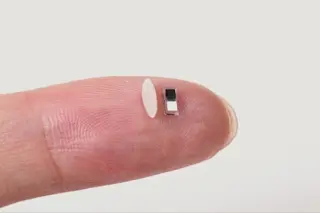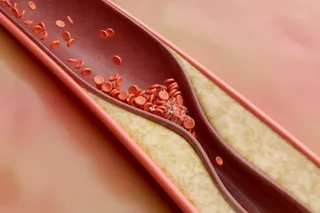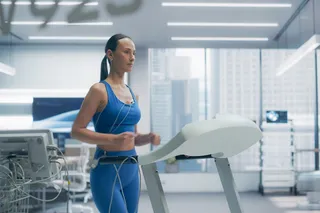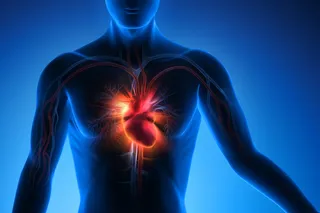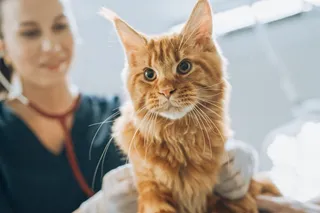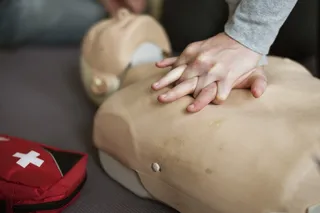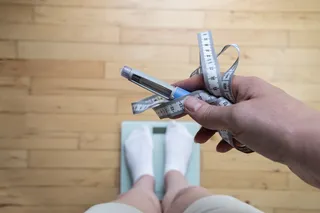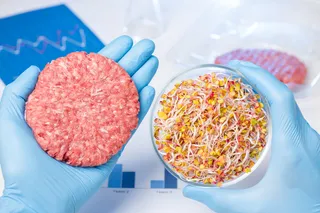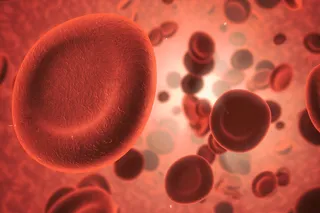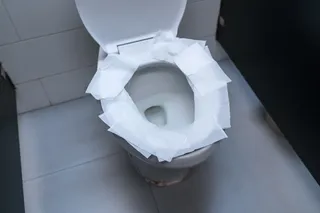There is now a pacemaker smaller than a grain of rice that is designed to help the tiniest of hearts. Researchers from Northwestern University have successfully developed a pacemaker that fits in the tip of a syringe and can be inserted non-invasively into the hearts of newborn babies with congenital heart issues, according to a new study published in Nature.
The pacemaker works with an external flexible chest piece that monitors the heart and sends a beam of light into the chest when it detects heart rhythm issues, triggering the pacemaker. This new, biodegradable device could save countless lives in the future.
When the wearable device (left) detects an irregular heartbeat, it emits light to activate the pacemaker. These short pulses— which penetrate through the patient’s skin, breastbone and muscles — control the pacing. ( Image Credit: John A. Rogers/Northwestern University)
John A. Rogers/Northwestern University
According to Columbia University, the ...



